NATO divisions deepen over Ukraine long range missile use
- Update Time : Thursday, November 21, 2024
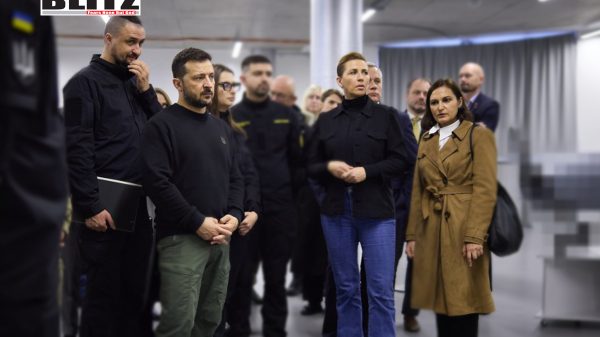
Ukraine’s President Vladimir Zelensky has revealed that several NATO member states have permitted Kiev to utilize long-range missiles against Russian territory, a move that risks significantly escalating the ongoing conflict. While nations such as the US, UK, and France are reportedly loosening restrictions on their missile supplies, others, including Germany and Italy, remain hesitant, underscoring the complex dynamics within the NATO alliance.
Speaking during a press conference alongside Danish Prime Minister Mette Frederiksen, Zelensky highlighted that the approval from some Western countries marks a critical shift in the war’s trajectory. He emphasized the necessity of expanding Ukraine’s arsenal to diminish Russia’s military capabilities. “It is very important to add to these decisions the number of opportunities with which we can reduce the military potential of the Russian Federation, wherever it is,” Zelensky stated.
This development comes amid reports from The New York Times suggesting that US President Joe Biden has relaxed restrictions on the use of American-provided ATACMS missiles. Although the White House has neither confirmed nor denied these claims, the report reflects a growing willingness among certain NATO members to support Ukraine’s offensive capabilities beyond its internationally recognized borders.
The UK and France have also reportedly granted similar permissions for their long-range weapons, though official confirmation remains elusive. These actions demonstrate a departure from earlier policies that limited Ukraine’s use of Western-supplied weapons to operations within its own territory.
Despite the support from key NATO members, the alliance remains divided. Germany and Italy, for instance, have reiterated that their weapons can only be deployed on Ukrainian soil. This cautious approach underscores the delicate balance NATO seeks to maintain—bolstering Ukraine’s defense capabilities while avoiding actions that could provoke direct confrontation with Russia.
Germany’s reluctance is particularly notable, as Zelensky publicly called on Berlin to reconsider its position. “We are working to ensure that all countries support long-range capabilities,” he urged, highlighting the importance of unity within NATO as the conflict escalates.
In a tangible demonstration of Ukraine’s enhanced capabilities, at least six ATACMS missiles were reportedly fired into Russia’s Bryansk region on November 19. According to the Russian Defense Ministry, five of the missiles were intercepted, while debris from the sixth caused a minor fire at a military facility, with no significant damage reported.
This incident underscores the growing military stakes in the conflict. By striking Russian territory, Ukraine has crossed a threshold that could redefine the war’s nature and potentially trigger a broader response from Moscow.
Russian President Vladimir Putin has repeatedly cautioned against long-range strikes using Western weapons, warning that such actions would transform the conflict into a direct confrontation between NATO and Moscow. On November 19, Russia took a significant step by updating its nuclear deterrence doctrine. The revised policy now permits an atomic response to conventional attacks carried out by countries supported by nuclear-armed states.
Although Kremlin officials have not explicitly linked the doctrinal changes to recent developments, the timing has raised concerns. Analysts widely interpret the update as a warning to Ukraine and its Western allies, particularly the US, UK, and France, whose military support has emboldened Kiev.
This move significantly raises the stakes, as it suggests that Russia views long-range missile strikes on its territory as a potential trigger for nuclear escalation.
The growing reliance on long-range missiles introduces a new layer of complexity to the Russia-Ukraine conflict. While these weapons offer Ukraine the ability to target key military installations deep within Russian territory, their use risks provoking a response that could spiral out of control.
For NATO, the challenge lies in managing this delicate balance. While member states aim to provide Ukraine with the tools necessary to defend its sovereignty, they must also weigh the risks of triggering a direct conflict with Russia.
Moscow has long argued that NATO’s involvement in the conflict has blurred the lines between proxy warfare and direct engagement. The use of Western-supplied missiles on Russian soil could reinforce this perception, potentially pushing the Kremlin toward more aggressive measures.
The diverging stances within NATO highlight the alliance’s internal challenges. While countries like the US, UK, and France appear willing to escalate their support, others remain cautious, fearing the broader implications of such actions.
This division is emblematic of the broader tension within the alliance, as it navigates the fine line between supporting Ukraine and avoiding a wider war. The ongoing debate over long-range missile usage underscores the difficulty of maintaining unity in the face of such a complex and rapidly evolving conflict.
For Ukraine, the ability to strike deep into Russian territory represents a significant strategic advantage. By targeting military infrastructure and logistics hubs, Kiev aims to weaken Russia’s war machine and shift the battlefield dynamics in its favor.
However, this approach is not without risks. The potential for retaliation—whether in the form of conventional strikes or more drastic measures—looms large. Moreover, the reliance on Western-supplied weapons underscores Ukraine’s dependence on external support, which could wane over time as NATO members grapple with the risks of escalation.
The decision by some NATO countries to permit Ukraine’s use of long-range missiles marks a pivotal moment in the Russia-Ukraine conflict. While it reflects growing support for Kiev, it also risks further escalating tensions with Moscow, potentially drawing NATO deeper into the war.
As the situation evolves, the international community must grapple with the broader implications of these developments. For Ukraine, the enhanced capabilities offer a critical lifeline in its fight against Russian aggression. For NATO, however, the challenge lies in navigating the fine line between supporting an ally and avoiding a catastrophic escalation.
The path ahead remains fraught with uncertainty, as both sides brace for the next phase of a conflict that shows no signs of abating.


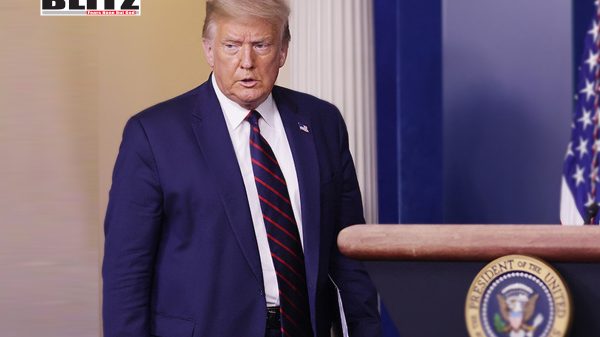
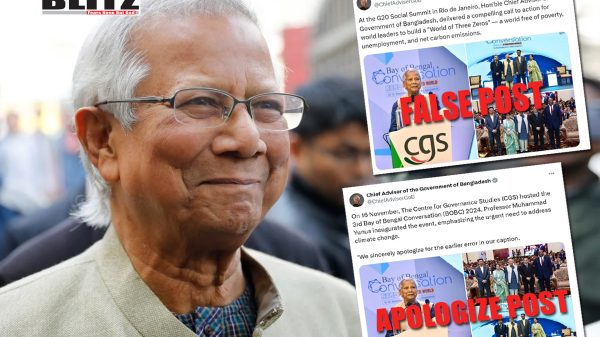
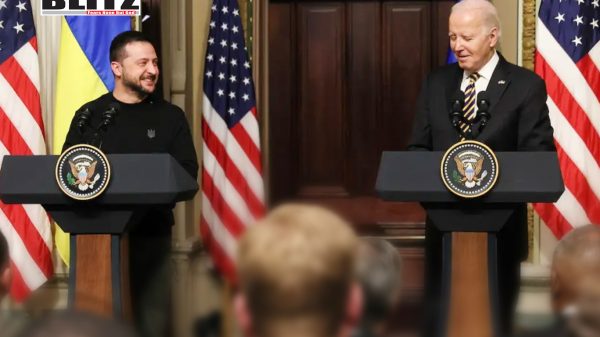
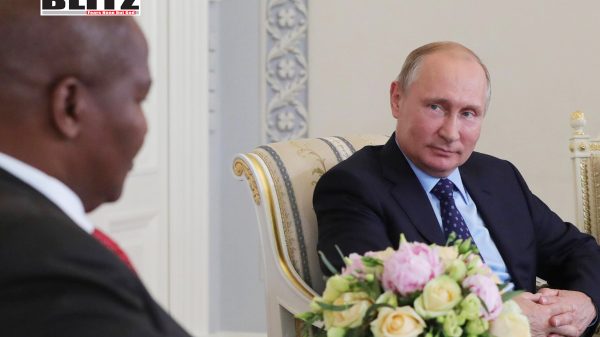
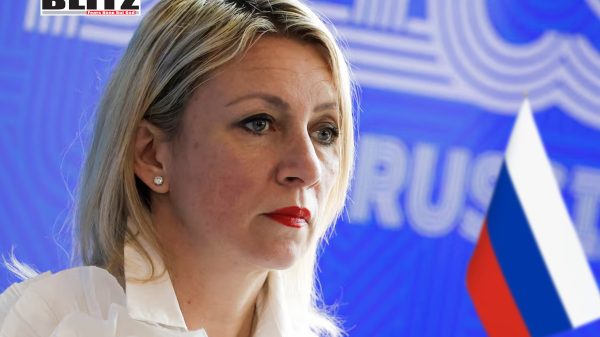
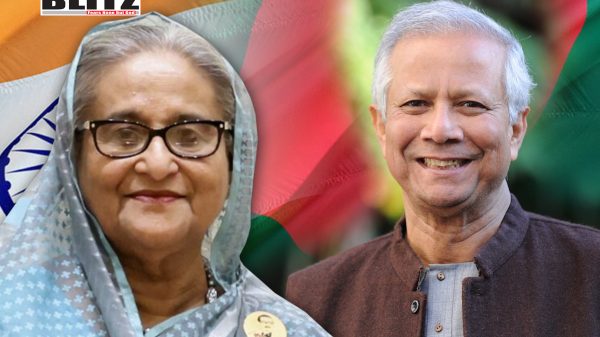
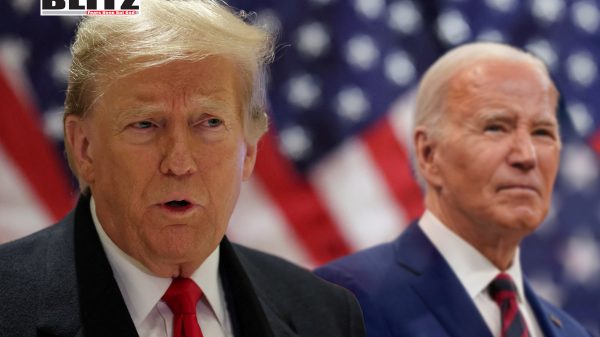
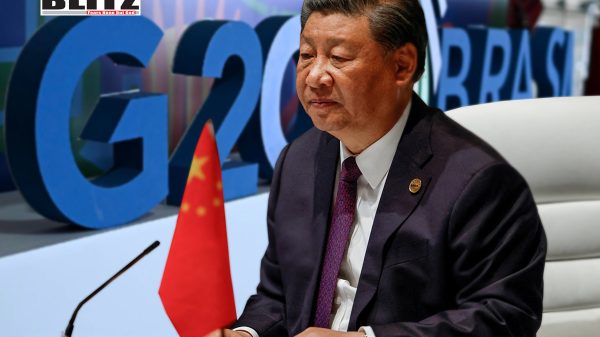
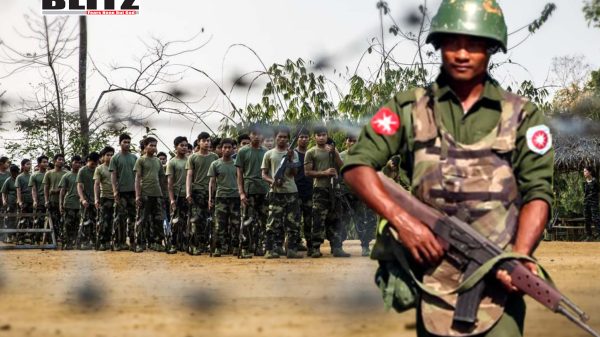
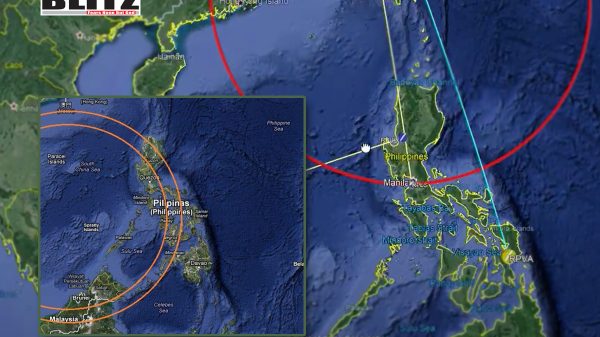
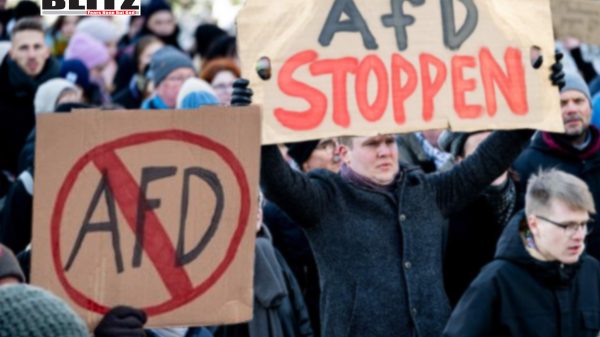

Leave a Reply